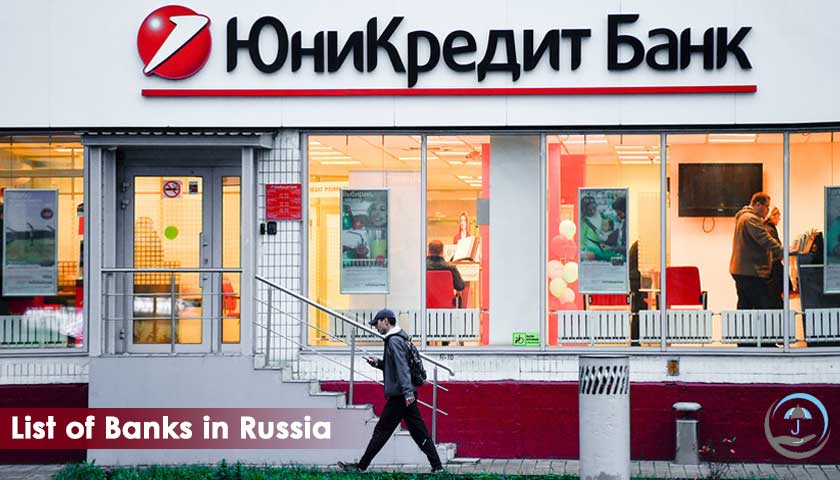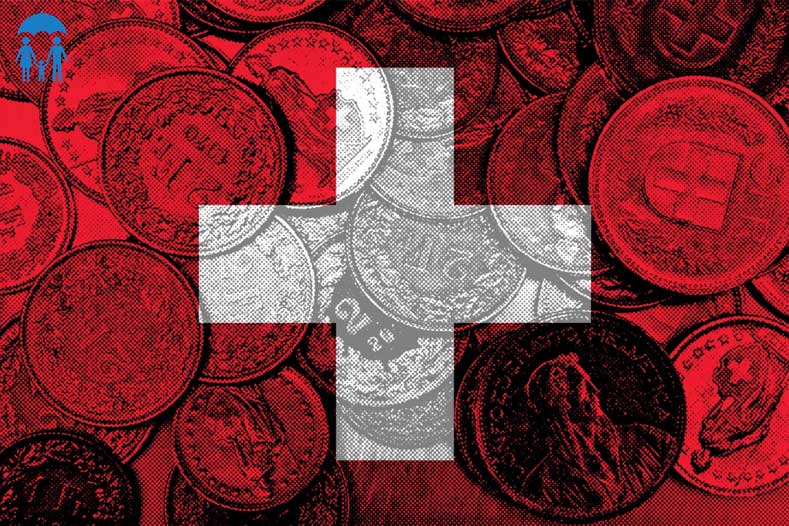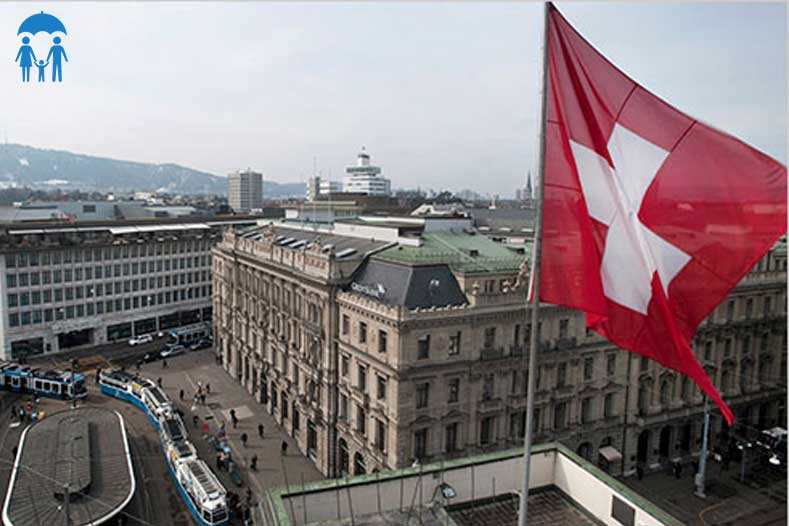Russia
Russia (Russian: Россия, tr. Rossiya), or the Russian Federation, is a transcontinental country spanning Eastern Europe and Northern Asia. It is the largest country in the world by area, covering over 17,125,191 square kilometres (6,612,073 sq mi), and encompassing one-eighth of Earth’s inhabitable landmass. Russia extends across eleven time zones and borders sixteen sovereign nations, the most of any country in the world. It is the ninth-most populous country and the most populous country in Europe, with a population of 145.5 million. Moscow, the capital, is the largest city entirely within Europe, while Saint Petersburg is the country’s second-largest city and cultural centre. Other major urban areas include Novosibirsk, Yekaterinburg, Nizhny Novgorod and Kazan.
Russian ruble
The Russian ruble or rouble (Russian: рубль rublʹ; symbol: ₽, руб; code: RUB) is the official currency of the Russian Federation, and unofficially used in the four partially recognised republics of Abkhazia, South Ossetia, Donetsk and Luhansk. The ruble is subdivided into 100 kopeks (sometimes written as kopecks or copecks; Russian: копе́йка kopeyka, plural: копе́йки kopeyki). As of April 2019, the Russian ruble is the seventeenth most traded currency in the world, and a free-floating currency.
What is SWIFT?
SWIFT stands for the Society for Worldwide Interbank Financial Telecommunication.
Simply put, SWIFT is a global payments system, which is used by more than 11,000 financial institutions and companies around the world, across over 200 countries.
Think of SWIFT as Gmail for banks. Or like SMS, but for money transfers.
In short, SWIFT is a messaging system for money transfers.
Which country owns SWIFT?
Headquartered in Belgium, SWIFT is a global member-owned cooperative that was founded in 1973 by 239 banks from 15 countries. It went live with its messaging services in 1977, replacing the Telex technology that was then widely used by banks to communicate instructions related to cross-border transfers.
Banking in Russia
Banking in Russia is subject to significant regulations as banks in the Russian Federation have to meet mandatory Russian legislation requirements, and comply with numerous Bank of Russia instructions and regulations.
Russian Banks History
Soviet period
Until 1986, the USSR banking system included 4 components: Stroybank, Vneshtorgbankand, Mrudesberkass and Gosbank.
Perestroika
Perestroika reforms affected the banking system. In June 1987, a plenum of the Central Committee of the CPSUs took place, where it was decided to improve the system. In July 1987, the Central Committee of the CPSU and the “Council of Ministers of the USSR made Resolution No. 821 “On improving the system of banks in the country and strengthening their impact on improving the efficiency of the economy.
The creation of banks on a commercial basis was permitted by the Law “On Cooperation in the USSR”, adopted on May 26, 1988.
As part of Mikhail Gorbachev’s perestroika program, other banks were formed, including; “Promstroybank” (USSR Bank of Industrial Construction), “Zhilstroybank” (USSR Bank of Residential Construction), “Agrobank” (USSR Agricultural Bank), “Vneshekonombank” (USSR Internal Trade Bank), and “Sberbank” (USSR Savings Bank). “Sberbank” continues to this day as one of Russia’s largest banks, retaining senior ex-Gosbank personnel and most of the present Russian government’s banking business.
Russian period
The modern Russia inherited the banking system of the Soviet Union, with a few big state banks (like Sberbank, Vneshekonombank, and Vneshtorgbank). After more than 15 years of reforms in Russia, there are now 1183 financial institutions with 3286 regional branches.
1998 financial crisis
In 1988, 41 commercial and cooperative banks were registered in the USSR, including 25 banks on the territory of the RSFSR. By January the 1st, 1990, the statutes of 225 commercial and cooperative banks were registered, including 184 in 1989. In 1990, in connection with the declaration of state sovereignty by the RSFSR, the Russian Republican Bank of the State Bank of the USSR and Russian banks of specialized banks were declared the property of the RSFSR. Also, the Supreme Council of the RSFSR decided to transform all institutions of state specialized banks in the autonomous republics, territories and regions into commercial banks before January 1, 1991. In this regard, the number of banks in the RSFSR increased several times in the second half of 1990. As a result, the number of banks in the Russian Federation was 1360 on January 1, 1992.
2008 financial crisis
Beginning in early October 2008, several Russian banks failed due to liquidity issues related to US credit derivatives. Russian bank Globex barred customers from withdrawing money from their accounts on October 15, 2008, in the first bank run of the current global economic crisis.
2010s
In June 2013 Elvira Nabiullina was appointed to the chairman of the Central Bank of Russia. In an interview with television channel Channel one she said Russia’s Central Bank has no blacklists of banks subject to license revocation. She added that the Central Bank will not warn any bank about such measures. She said “As a matter of fact, no one knows who might be the next, We cannot warn anyone. Moreover, it would be wrong to do that. I know not a single country worldwide where the central banks would warn about license revocation. It is not ruled out that in case a bank is warned, a mala fide owner or managers could divert assets, making settlements with closest clients, so a rank and file depositor will finally receive much less money”.
And so, in December 2013 Central Bank of Russia revoked licenses of three commercial banks, Investbank, Smolensky Bank and the Bank of Project Finance and later then Ecoprombank, Masterbank, Simbirsk and many others State-run Agency for deposits’ insurance paid money to clients.
Credit and debit cards
At the end of 2008, there were 119 million bank cards in circulation in Russia.
Sanctions
In March 2014, amidst the 2014 Crimean crisis, following the passage of a secession referendum, the declaration of independence of the Republic of Crimea from Ukraine and the process of accession to Russia that followed it, U.S. President Barack Obama announced sanctions on Rossiya Bank. International payment systems Visa Inc. and MasterCard suddenly stopped service of credit cards issued by the Rossiya Bank. Non-cash transactions of SMP Bank (owned by Rottenberg brothers) and Sobinbank (100% subsidiary of Rossiya) were also frozen. Many Russian residents turned to national banks operations although they still have no doubt in reliability of foreign transnational financial institutions.
Russian Banks
Largest banks in Russia in terms of net assets (millions of rubles) as of December 2020:
No. / Bank
1. Sberbank : Sberbank is a state-owned bank and is headquartered in Moscow. Established in 1841, the bank provides financial services to retail and corporate clients in Russia.
2. VTB Bank : Founded in 1990, VTB Bank is one of the primary commercial banks in Russia and operates in OECD and other countries. The bank operates through five segments: Corporate-Investment Banking, Mid-Corporate Banking, Retail Business, Treasury, and Other Business. Based in Moscow, it employs around 77,000 individuals.
3. Gazprombank : GPB started its operations in 1990. The bank was founded by Gazprom, the world’s largest gas producer, and exporter. It operates out of Moscow and serves over 45,000 corporate clients and five million private clients.
4. Alfa-Bank : Incorporated in 1990, Alfa Bank is the largest of the private banks in Russia. It provides financial products and services to corporate and retail customers, which includes corporate and retail lending, deposits, payment and account services, foreign exchange operations, cash handling services, custody services, investment banking, and other ancillary services to corporate and retail customers.
5. Rosselkhozbank – Russian Agricultural Bank : Founded in 2000, Russia Agricultural Bank is a state-owned agricultural bank. Based in Moscow, the bank provides commercial and retail banking services to the country’s agribusiness and rural population. It oversees a network of 66 regional branches and 1,200 additional offices and currently serves around six million customers in the country.
6. Credit Bank of Moscow : Credit Bank of Moscow (Russian: Московский кредитный банк) is a Russian bank founded in 1992 and operating in Moscow and Moscow Oblast. In 2008-2015 the Moscow Credit Bank raised from 66 to 12 place by assets in Russian bank rating. Its funds increased 20 times and achieved 115 billions of rubles. In 2016 it got into the top-10 in terms of leading Russian banks.
7. Otkritie FC Bank : Incorporated in 1992, Otkritie Financial Corporation Bank offers services to corporate, small business, and retail business clients in Russia. The bank’s operations include Corporate Banking, Small Business Banking, Investment Banking, Private Banking, and Retail Banking segments.
8. Promsvyazbank : Promsvyazbank (PSB; Russian: ПАО “Промсвязьбанк”) is a state-backed, formerly private Russian bank from Moscow. It was owned by oligarchs Dmitry Ananyev and his brother Alexei Ananyev. As of 2012, it is the 10th largest bank in Russia by assets.
9. Sovcombank : Sovcombank (Public Joint-Stock Company “Sovcombank”, Russian: Совкомбанк) is a large Russian privately owned universal bank included in the list of 13 systemically important Russian banks. In terms of assets, it ranks 9th among Russian banks (1,483 billion rubles).
10. AO Raiffeisenbank : Established in 1996, AO Raiffeisenbank is headquartered in Moscow. The bank provides corporate and retail banking, money market, and investment services in Russia. It employs around 8,700 staff and manages five branches and 174 outlets throughout the Russian Federation.
11. PromSvyaz Bank : PromSvyaz Bank was established in 1995. The bank operates through Corporate Banking, Small and Medium Size Enterprises, Retail and Private Banking, and Capital Markets segments. Based in Moscow, it currently employs around 2,800 staff.
12. UniCredit Bank : Headquartered in Moscow, Unicredit Bank operates as a subsidiary of UniCredit S.p.A. Incorporated in 1989, the bank consists of four segments: Corporate and Investment Banking, Retail Banking, Leasing, and Other. It oversees 13 branches and 12 representative offices in the Russian Federation and a representative office in the Republic of Belarus.
13. Rosbank : Founded in 1993, Rosbank is majority owned by international financial group Société Générale Société. The bank provides commercial banking, investment banking, and custodial services in Russia. It operates through the following segments: Retail Banking, Corporate Banking, and Treasury and Financial Institutions.
What is the largest Russian bank?
The banks, Sberbank and VTB Bank, together hold more than half of the assets in Russia’s banking system.
Can foreigners open a bank account in Russia?
Yes, it is possible to open a bank account in Russia as a non-resident. The process is rather easy and straightforward and there are accounts in foreign currency and other services specially created for foreigners.
Documents required to open a bank account
The documents needed to open a bank account vary between banks and types of account. The simplest deposit accounts can be opened with only a passport (sometimes translated and notarised) and a valid visa. For other accounts, the documents needed may include:
✔️ Passport
✔️ Proof of a residence permit
✔️ Proof of the applicant’s registered address in Russia
✔️ A signature card
✔️ Completed application for a bank account
Some banks may require a letter from an employer confirming employment of the applicant if the bank is not the one used for the company account.




